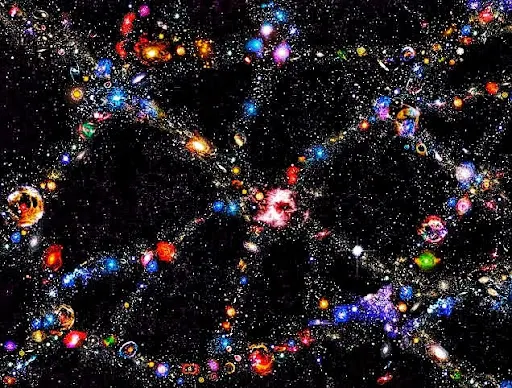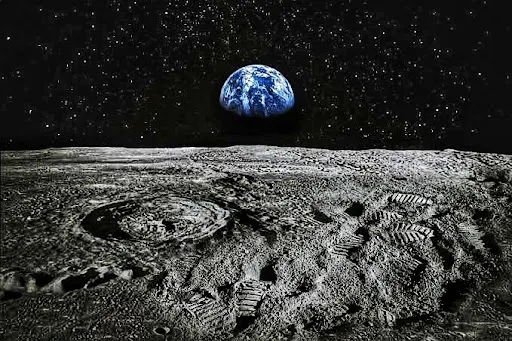10 Mind-Blowing Space Facts That Will Leave You Stunned
Space, the final frontier, has always captivated the imagination of humanity. From the mysteries of distant galaxies to the wonders of our own solar system, the cosmos is filled with incredible phenomena waiting to be discovered. Here are 10 mind-blowing space facts that are rarely heard but will surely leave you awestruck.

1. The Voyager Golden Record: Launched in 1977, the Voyager spacecraft carries a golden record containing sounds and images selected to portray the diversity of life and culture on Earth. It's essentially a time capsule meant to communicate with extraterrestrial civilizations.

2. Space Diamonds: In 2004, astronomers discovered a star named BPM 37093, which is essentially a massive diamond of ten billion trillion trillion carats. This crystallized white dwarf, located about 50 light-years from Earth, is a remnant of a once-massive star.
3. The Great Attractor: An enigmatic region of space located about 250 million light-years from Earth, the Great Attractor is a gravitational anomaly that influences the motion of galaxies in our cosmic neighborhood. Despite its name, its exact nature remains a mystery.
4. Pulsars: These rapidly spinning neutron stars emit beams of radiation that sweep across space like cosmic lighthouses. Some pulsars spin hundreds of times per second, and their precise timing is used in navigation for spacecraft and even in GPS systems on Earth.
5. The Boötes Void: Located in the constellation Boötes, this cosmic void is one of the largest known voids in the universe, spanning approximately 330 million light-years in diameter. It contains very few galaxies, making it a vast expanse of empty space.
6. Space Junk: There are over 128 million pieces of debris smaller than 1 cm orbiting the Earth, posing a significant threat to satellites and spacecraft. This space junk includes defunct satellites, spent rocket stages, and fragments from collisions.
7. The Coldest Place in the Universe: In the Boomerang Nebula, located about 5,000 light-years from Earth, temperatures dip to a bone-chilling -272°C (-458°F), making it the coldest known place in the universe. Here, gas clouds expand away from a dying star at incredible speeds, creating this frigid environment.
8. The Wow! Signal: In 1977, a radio telescope detected a strong, narrowband radio signal of unknown origin coming from the constellation Sagittarius. Dubbed the "Wow! signal" due to the astronomer's reaction, its source remains a mystery to this day.
9. The Largest Known Structure in the Universe: The Hercules-Corona Borealis Great Wall is a vast cosmic structure stretching over 10 billion light-years across, making it one of the largest known structures in the universe. It challenges our understanding of cosmic large-scale structure formation.
10. The Moon is Moving Away: Due to tidal forces between the Earth and the Moon, the Moon is gradually moving away from us at a rate of about 3.8 centimeters (1.5 inches) per year. This means that millions of years from now, the Moon will appear significantly smaller in the sky.
Space is full of wonders and mysteries that continue to inspire and challenge our understanding of the universe. These 10 facts offer just a glimpse into the vastness and complexity of the cosmos, reminding us of how much there is still to explore and discover beyond our own planet.








Comments